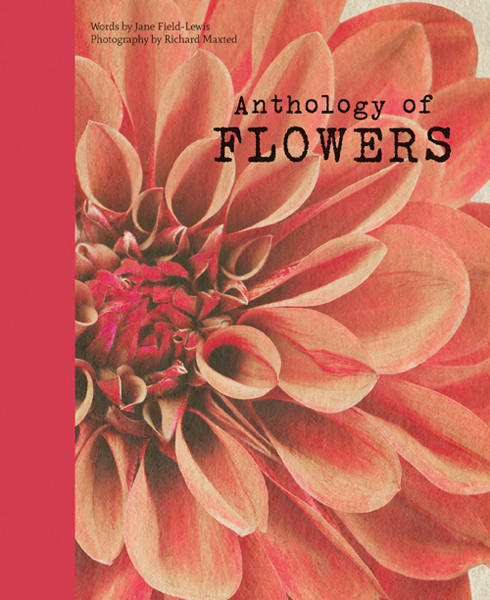 At 24, I found myself married, pregnant and the new owner of a house in Toronto. I wallpapered, painted and salvaged old furniture. But after having grown up in a home where no one gardened (other than the marijuana plants my father grew for my mother, which were hidden between the backyard lemon trees), I had no idea how to tend to the yard. A beardy-hipster neighbor, Len, walked the garden with me and told me which flowers were keepers and which were weeds. My lilies, he claimed, were amazing. And of the clover with the tiny butterfly-shaped yellow flowers, he said, “This is a weed, but I love it, so I’d keep it.”
At 24, I found myself married, pregnant and the new owner of a house in Toronto. I wallpapered, painted and salvaged old furniture. But after having grown up in a home where no one gardened (other than the marijuana plants my father grew for my mother, which were hidden between the backyard lemon trees), I had no idea how to tend to the yard. A beardy-hipster neighbor, Len, walked the garden with me and told me which flowers were keepers and which were weeds. My lilies, he claimed, were amazing. And of the clover with the tiny butterfly-shaped yellow flowers, he said, “This is a weed, but I love it, so I’d keep it.”
As for the grass, I didn’t think I’d need help as there were no weeds so far, and the bimonthly mowing seemed to work fine in making it look nice. Still, the old Greek woman who lived next door, Khloris, informed me that she was an expert on lawns and would help me. She smiled when she spoke, exposing the silver pegs that were her teeth. She had a movie-star-gorgeous grown daughter who sometimes came to her house to sunbathe in the backyard. I’d see her through the slats of the wooden fence that separated our properties. Languorously draped over a lawn chair, she’d take off her wig and expose her shockingly bald head.
One day in the middle of summer, I looked out the kitchen window to find Khloris in a printed housecoat, on her knees, in my yard. She had a silver fork in one hand and was stabbing it into my grass. My baby was a month from being born, and my stomach jutted out like a small Volkswagen Beetle. My ankles were swollen from the summer heat, and my hair was as thick as a jungle—I bunned it up with a No. 2 pencil to keep it off my neck.
Holding a handrail for balance, I waddled down the back steps and then into the yard, where I stood casting a shadow over Khloris.
“I tell you I help with your grass,” she said in her heavy accent. We lived in a Greek neighborhood, and I was probably the only person with whom Khloris ever had to speak English.
“Great.” I watched her plunge the fork in and out, tearing out chunks of green.
“The fork,” Khloris said, “take out the bad grass and leave the good grass.”
“Wonderful.” A patch of brown dirt was appearing near Khloris’ knee where a second fork lay. “So, are you sure one grass is better than the other? It all looks the same to me.” I lowered myself to the ground and sat with my legs out in front of me.
“This is bad!” Khloris held up a thick, razor-sharp blade. “This is good!” She held up a more tender-looking pale green blade.
“Okay.” I picked up the extra fork, spread my legs, leaned over the ball of my stomach and started forking. It was hard to get up and down, so I sort of Teletubby-rolled from place to place, tending to whatever small area was between my legs. Khloris talked while we worked, her hypnotic stories playing like a soundtrack to the equally hypnotic work of forking the lawn. Her daughter was bald, she told me, because her hair fell out when she was a teenager as a result of Khloris’ now-dead husband beating the girl. I couldn’t help but wonder if he’d had anything to do with Khloris’ missing teeth.
In about two hours, my once perfectly lush and green lawn was a dirt-spotted rectangle. But by the next summer, as my baby crawled and then walked across that lawn, it was perfect again. And with only the “good” grass.
For those who don’t have beardy-hipster neighbors or old Greek women to assist with the garden, there are plenty of fun and inspirational books on the market. Here are three new ones, just in time for spring:
Anthology of Flowers (Quadrille, 128 pages, $20, hardcover, written by Jane Field-Lewis; photography by Richard Maxted ) will help you identify most blooms in your garden through beautiful photographs that remind me of old botanical prints.
Loose Leaf (Hardie Grant, 192 pages, $35, hardcover, by Wona Bae and Charlie Lawler) takes gardening to a whole new place with directions on how to make “living plant installations” and hanging “plant chandeliers.”
Harvest (Ten Speed Press, 224 pages, $22, hardcover, by Stefani Bittner and Alethea Harampolis) is an inspirational guide to creating a garden that will stock your pantry, your medicine cabinet and your liquor cabinet, too.
And here are two new home books:
Domino: Your Guide to a Stylish Home (Simon & Schuster, 224 pages, $35, hardcover) will help you create an inspired interior that represents your personality.
Evergreen (Johns Hopkins University Press, 272 pages, $45, hardcover) is packed with beautiful photographs of one of Baltimore’s finest mansions: the Garrett family home, which sits as a museum on Hopkins’ Homewood campus. Go see the house in person, too: The entrance fee is cheaper than the book!




